Validity-does the test measure what it supposed to measure?
by Darcia Watson

1. Content Validity Evidence-examine test questions to see if they correspond to what the user decides should be covered by the test.
2. Criterion-Related Validity Evidence-scores from a test are correlated with an external criterion.
3. Concurrent-Related Validity Evidence-deals with measures that can be administered at the same time as the measure to be evaluated.
4. Predictive Validity Evidence-refers to how well the test predicts some future behavior of the examinees.
5. Construct Validity Evidence- a test has construct validity evidence if its relationship to other information corresponds well with some theory.
6. Why important? It is very important for the test to measure what it is supposed to because otherwise the test may be measuring something besides what it is supposed to be measuring. For example if you are trying to determine whether a student knows where the states are located, you would not ask them to identify the capital cities of each state.


